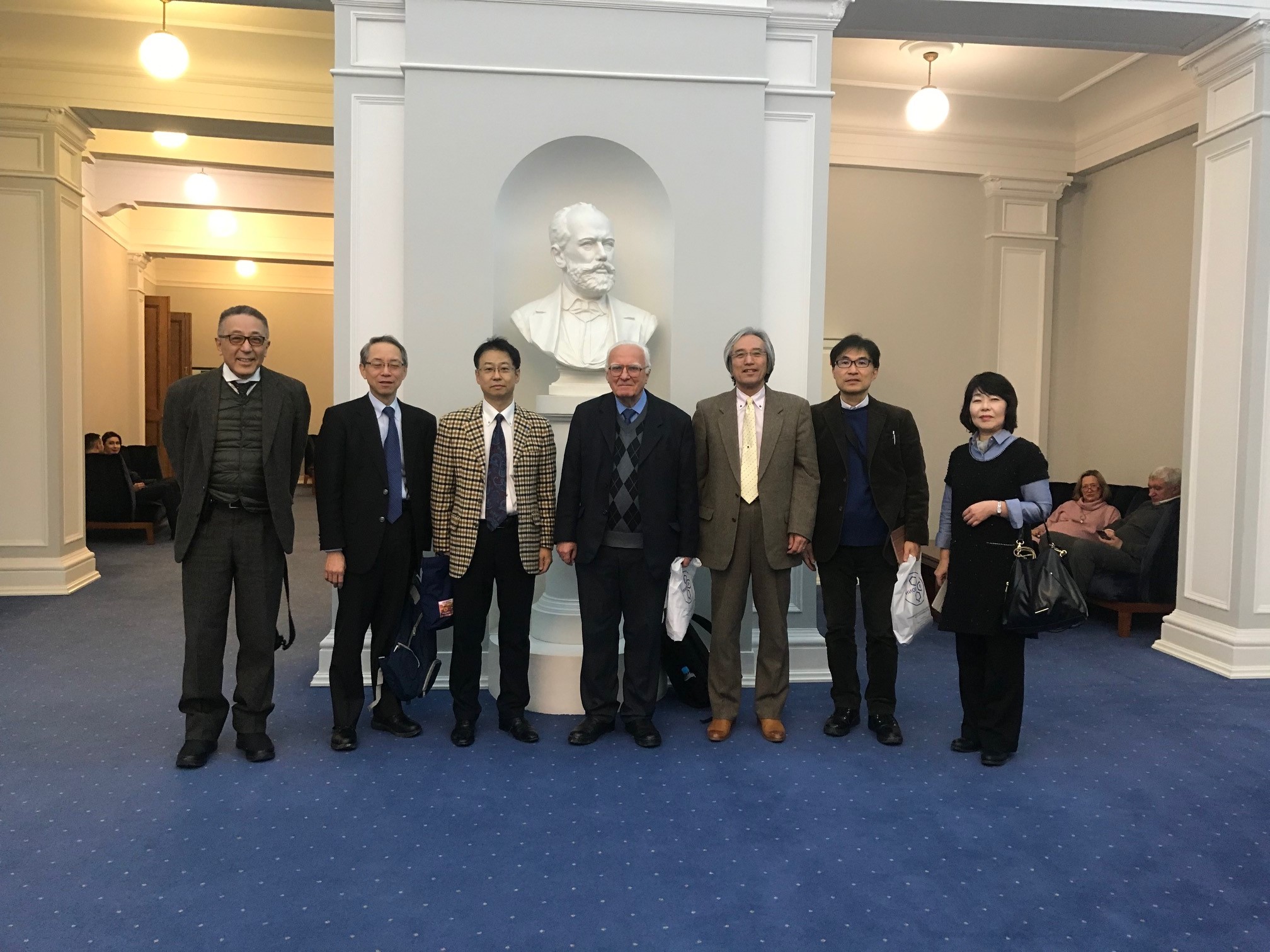Fluorine Notes, 2009, 65, 11-12
Unusual self-condensation of polyfluorinated β-diimines in a medium of perfluorocarbonic acids esters
* * M.A. Kurikin, D.Yu.Vebritsky, O.E.Petrova, V.N.Khrustalev
The establishment of Russian Academy of Sciences A.N.Nesmeyanov Institute of Organoelement Compounds RAS,
Russian Federation, 119991 Moscow, Vavilova st. 28
Fax: (499) 135 5085. E-mail: mak@ineos.ac.ru
An unusual conversion of polyfluorinated ?-diimines resulted in tetraazabicylo compounds has been found.
Polyfluorinatedβ-diimines
(1) in reactions with carbonyl compounds [1,2] as well as with acylhalides [3] form pyridines and pyrimidines with fluorine containing substituents.
Throughout the investigation of reactivity of (1) we have studied interaction of these compounds with perfluorocarbonic acids esters (2).
Esters (2) were supposed to be condensed with diimines (1), similarly to perfluoroacyhalides, to afford perfluorinated pyrimidines (3).

However β-diimine (1a ) at heating in ester solutions (2) was found to form polyfluorinated tetraazabicyclononadiene ( 4). At that esters serves just as a medium in which the observed self-condensation of diimine ( 1a) occurs. No one case of the presence of expected pyrimidines ( 3) in the reaction mass was registered.
The isolated bicyclodiene (4) is a white cotton-like substance. We failed to determine its melting temperature because at heating even in a sealed off capillary there was observed full sublimation of the sample (without decomposition).
Three types of signals are observed in the 19F NMR spectrum ( d6-DMSO), two of them belong to CF3 group (-8.1 and -1.6 ppm) and one to CFH group with a characteristic chemical shift ( 136.9 ppm from CF3COOH) and JF-H = 47 Hz.
In the 1H NNR spectrum there were observed one signal belonging to CFH group (6.0 ppm) and two separate signals of NH groups (10.7 and 11.0 ppm). The composition of the obtained compound (4) was also confirmed by the data of mass-spectrometry (M+; m/z 414) and elemental analysis ( see Experimental).
The structure of compound (4) has been finally determined according to X-ray data (Fig.1).

Fig.1. Molecular structure of compound (4) in representation of non-hydrogen atoms by 40%-probabilistic ellipsoids of anisotropic shifts. Alternative positions of disordered H and F atoms are shown in dashed lines.
Experimental
The 1H and 19F NMR spectra were recorded on a "Bruker AC-200F" spectrometer ( 200 and 188.3 MHz) with regard to TMS and CF3COOH accordingly (external standards). The mass spectra were recorded on a VG 7070 E spectrometer at ionizing irradiation of 70 eV.
Monocrystals of compound (4) were obtained by crystallization from a benzene-methanol mixture ( 1:1 ratio). Colorless crystals (4) (C9H3N4F13, M = 414.15) are rhomb's, space group Cmcm; at T = 100 K: a = 13.686(2), b = 9.5965(18), c = 9.7178(18) Å, V = 1276.3(4)Å3 , Z = 4, dc = 2.155 g/cm 3, F(000) = 808, µ= 0.267 mm -1.
The parameters of the unit cell and intensities of 5829 reflections were measured on an automatic Bruker
SMART APEX II CCD diffractometer (T = 100 K, λMoKα-radiation, graphite monochromator,ψ
and ω-scanning, 2θ 52o). The structure
was determined by the direct method and specified by full matrix least-squares method in anisotropic
approximation for non-hydrogen atoms.
52o). The structure
was determined by the direct method and specified by full matrix least-squares method in anisotropic
approximation for non-hydrogen atoms.
The positions of hydrogen atoms were calculated geometrically and were specified in isotropic approximation with fixed positional and heat parameters. The final divergence factors R1 = 0.056 for 517 independent reflections with I>2 σ and wR2= 0.153 for all 683 independent reflections, S = 1.010. All the calculations were performed using SHELXTL4 program complex.
A solution of 3.0g of diimine (1a) in 12 ml of perfluorocaproic acid methyl ester
was boiled with a back flow condenser for 20 minutes. The precipitated residue was separated by filtration,
washed with chloroform (3x30 ml) dried under vacuum. There was obtained 1.5g (54%) of compound (4).
19F NMR spectrum (DMSO-d6, δ, ppm, J/Hz): -8.1 (d, 6 F, F(1), F(2)); -1.6 (s, 6 F, F(3), F(4)); 136.9 (m, 1 F, F(5)).
1H NMR spectrum: (DMSO-d6, δ, ppm, J/Hz): 6.0 (d, 1 H, H(6), J = 50), 10.7 and 11.0 (both s, 1 H, H(7), H(8)).
Found (%):C, 26.16; H, 0.78; F, 60.51; N, 13.61. C9H9F13N4.
Calculated
(%):C, 26.10; H, 0.73; F, 59.64; N, 13.53.
Literature
2. O.E. Petrova, M.A. Kurykin, E.I. Mysov, Khimiya geterotsikl. soedinenij, 2004, N 8, 1186.
3. O.E. Petrova, M.A. Kurykin, D.V. Gorlov, Izv.AN, Ser.khim., 1999, N 11, 2195.
4. G. M. Sheldrick, Acta Crystallogr., 2008, 64, 112-122.
Fluorine Notes, 2009, 65, 11-12
